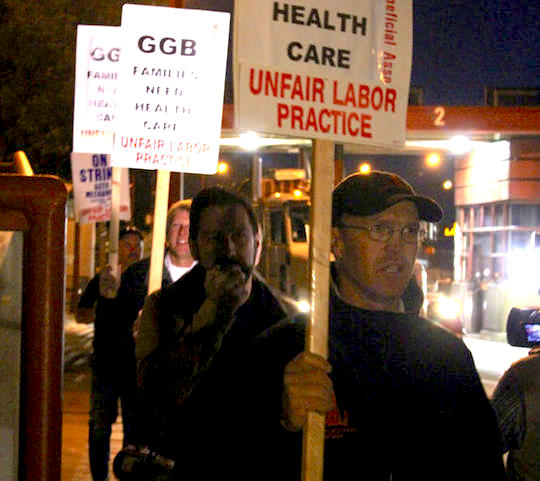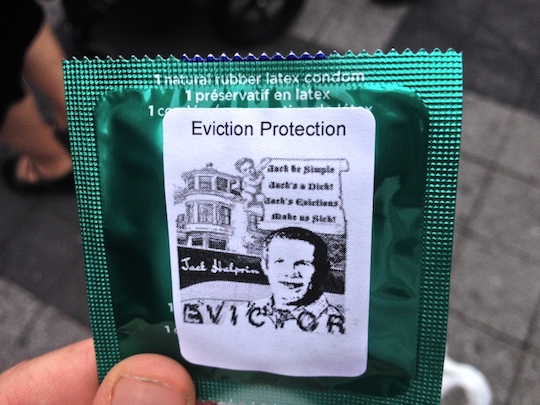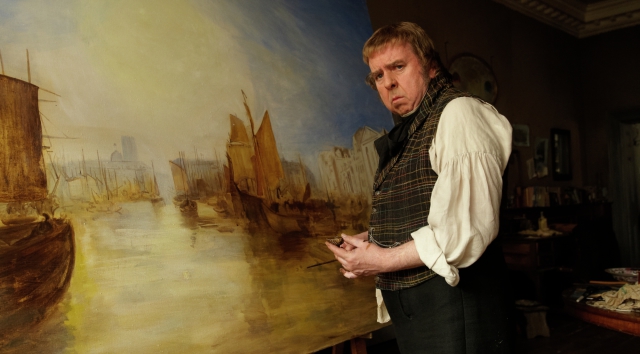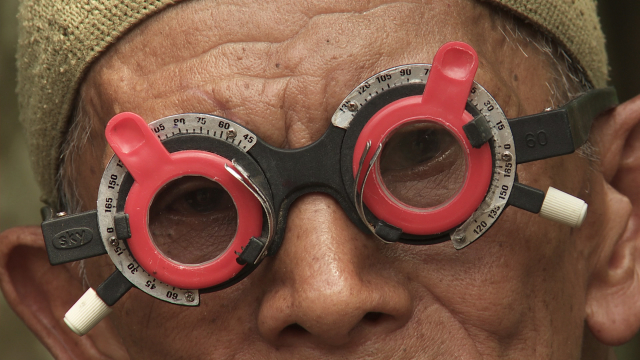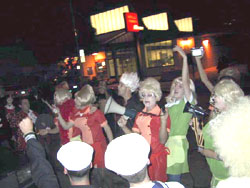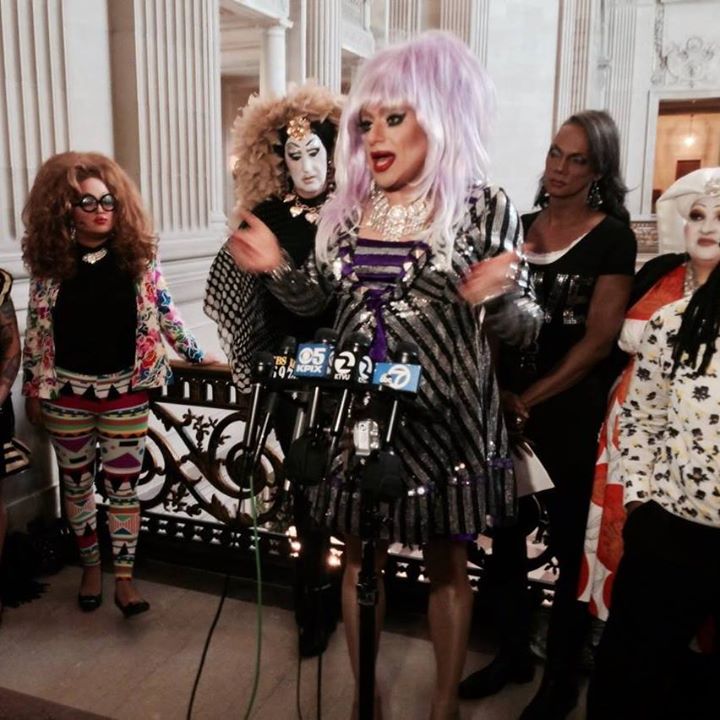Service Employees International Union Local 1021 — which has long played an important role in San Francisco’s progressive movement, providing the money and member turnout to achieve some important victories for the left — finds itself at odds with many progressive activists in this election, particularly on the issue of transportation.
As we previously reported, the union has been aggressively campaigning for BART Board member James Fang’s reelection this year, even though Fang is the city’s only elected Republican and not particularly progressive on transit and other issues. But he was the only BART board member to walk the picket line with the workers during last year’s disastrous strikes, so it’s understandable why the union would stand with him now.
What’s less understandable is why Local 1021 has endorsed the Yes of Prop. L campaign, which seeks to undermine San Francisco’s transit-first policies and transfer money from Muni operations to subsidize more free public parking for automobiles, joining such unlikely allies as the San Francisco Republican Party, the SF Association of Realtors, and the SF Chamber of Commerce.
So we asked Local 1021 Political Chair Alysabeth Alexander about the endorsement, and she told us: “One of our member leaders is a proponent and the argument that driving is hell in San Francisco resonated with a portion of our membership that drives and for whom public transportation is not an option either because of service cuts and route changes, because their job requires car use, or because they work shifts that don’t work for public transportation or biking. Because of rising housing prices many working people have been pushed out of SF over the years, and many of our workers shifts end or start when BART or Muni isn’t working or isn’t practical. Our union is 100 percent supportive of public transportation and addressing the climate crisis head-on. We are fighting for the expansion of public transportation and for adequate funding, and sufficient staffing so that it can be maintained.”
The “member leader” she referred to was apparently Claire Zvanski, a longtime past president of the District 11 Democratic Club. But even that club couldn’t bring itself to endorse this myopic primal scream of a ballot measure, taking no position and writing, “This is a policy statement to inform the MTA that cars and those who love them are not getting enough attention in the transit planning process. This measure received a No Recommendation as an alternative to an Oppose from the eboard, mostly out of respect for our venerable past-president Claire Zvanski. The members also voted No Recommendation.”
Most progressive and transportation-related groups are opposing Prop. L, which its opponents say will actually make things worse for motorists in the city by undermining current efforts to make Muni more attractive and encourage people to use alternatives to the automobile.
“If we don’t reduce the congestion on the streets, that makes it harder for the people who really do have to drive,” No on L campaign manager Peter Lauterborn told us, responding to Alexander’s argument that the measure somehow helps working people and noting that Local 1021 never allowed the No on L campaign to make its case before endorsing the measure [UPDATE/CLARIFICATION: Alexander said the San Francisco Bicycle Coalition “did present a No on L position]. He also said the measure may have visceral appeal to frustrated drivers, but it doesn’t really make sense.
“Taking away money from the transportation system to build parking garages doesn’t help anyone,” Lauterborn said. “The Labor Council endorsed No on L and the reality is working class people use Muni at a far higher percentage than those citywide….Being pro-transit is inconsistent with supporting a ballot measure that would defund Muni.”
Meanwhile, in an allegedly unrelated matter, Local 1021 Political Director Chris Daly — who was a local leader of the progressive movement while serving the Board of Supervisors 2000-2010 — on Friday resigned from the union, where the Guardian has long been aware that he was having internal power struggles over the last year.
Daly tells us that his departure wasn’t based on political or philosophical differences with SEIU, that he’s proud of the work that he and his colleagues have done on wage equity and beating back anti-worker threats, and that it just seemed like the right time to leave, although he’s not sure what he’ll do next.
“I’m sorry to go,” he told us, “but it was time to go.”






